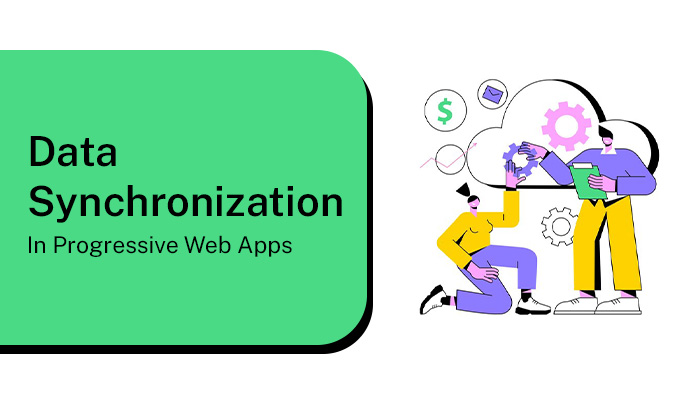
Comprehensive FAQs Guide: Data Synchronization in PWAs: Offline-First Strategies and Conflict Resolution
Offline-First Strategies What is the concept behind Offline-First data synchronization in PWAs? Offline-First data synchronization is a development approach that prioritizes ensuring a seamless user experience even when a Progressive Web App (PWA) loses its internet connection. The concept revolves around designing PWAs to function smoothly in offline mode by storing and managing data locally. This approach enables users to access and interact with the app’s content and features without interruptions, syncing any changes back to the server when the connection is reestablished. How does data synchronization work in PWAs during offline mode? During offline mode, PWAs employ mechanisms to store data locally in a client-side cache. When a user interacts with the app while offline, these locally cached data are used to provide content and perform operations. Once the PWA reconnects to the internet, a synchronization process is triggered, which involves comparing local data with the server’s data. Any differences or updates are then reconciled to ensure both datasets are consistent. Why is it

